ELECTRIC, WITH AN EDGE
For starters, transformers are known to have different types and sizes along with different kilovolt-ampere ratings (kVA), functions, mechanisms, designs, and many more. One of the most common transformers you would normally see around are ABB Pad-mounted Transformers.
Based on its name, Pad-mounted transformers are basically transformers that sit on a specially designed pad for them. So, what does it particularly do, and how does it work?
Along with other questions to be answered, DAELIM, one of the top manufacturers of ABB Pad-mounted transformers, will provide you with essential information for you to get to know more about this type of transformer.
For starters, what is ABB?
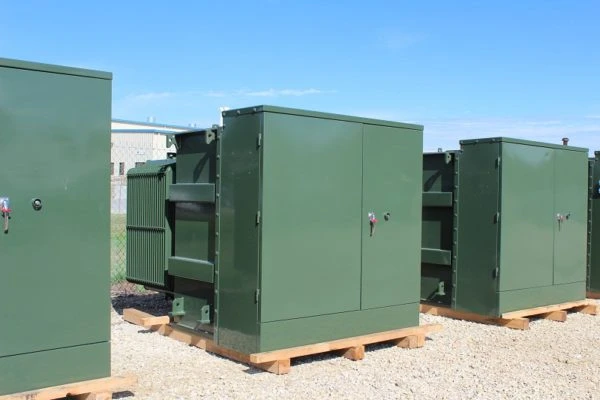
ABB is known to offer numerous full-range transformer products for local standards like ANSI, IEC, and many more. Moreover, ABB is also known as a major transformer manufacturer in the world that comes along with two variants; dry-type and liquid-type transformers.
The Abberavation A.N.S.I mean Americal National Standards Institute. This is a private, non-profit organization. ANSI is responsible for administering U.S voluntary standards and the conformity assessment system.

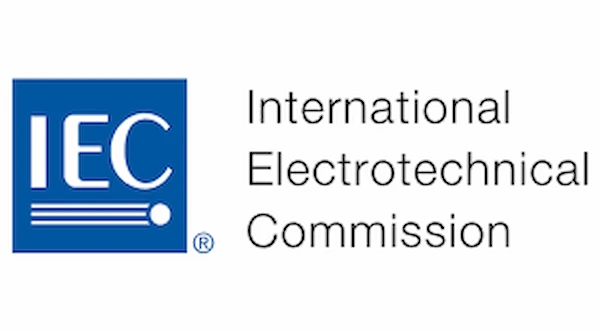
Basically, the meaning of I.E.C is International Electrotechnical Commission. They are responsible for preparing and publishing international standards for electrical or electronics-related technologies, such as transformers.
The IEC’s headquarters are located in Geneva, Switzerland. Their standards are formed in a consensus process that is done by experts from various countries.
As aforementioned, ABB Pad-mounted transformers are like normal Distribution Transformers since they can be dry-type or liquid-filled, and they mainly serve as an ABB Distribution Transformer.
How To Maintain Pad Mounted Transformer?
However, unlike regular Distribution Transformers, ABB Pad-mounted transformers are primarily designed to decrease or “step down” higher circuit voltages to low voltages that are normally used to operate the switching or command parts of the main circuit.
Moreover. ABB Pad-mounted transformers are also known to have a complete line when it comes to Control and Isolation Transformers.
However, don’t let its appearance fool you to think that they are active devices, because, in reality, they are not. ABB Pad-mounted transformers are passive electrical devices, which means that there is a combination of static components that multiplies a signal by values that are less than one.
They have the ability to move up the stage of a certain signal, weaken a signal that does not in line with the recommended frequencies, manage complicated circuits, and many more.
Seven Technical parameters of Pad-mounted Transformers
However, when it comes to increasing, ABB Pad-mounted transformers lack gain since they are primarily designed to transform or decrease major circuit voltages to lower voltage levels.
There is without a doubt that ABB Pad-mounted transformers are one of the worldwide best-selling pad transformers in industrial electronic technology applications of commercial industries, factories, and many more that involves large operations.
ABB Pad-mounted transformers are totally reliable. They are and will continue to be in high demand as time passes by.
Distribution transformers are primarily used in electrical power distributions and as well as transmission systems. This type of transformer normally has the ability to both increase (step up) and decrease (step down) electrical voltages.
Moreover, this type of transformer has the highest power or voltage-ampere ratings compared to other classes. Furthermore, distribution transformers are also known to have high continuous voltage ratings.
Cooling mediums; air and oil, have a vital role when it comes to the power rating of a transformer.
But unlike ABB Pad-mounted transformers, they are only limited to stepping down or decreasing voltages and will have difficulties in increasing voltages due to the lack of gain.
This is why manufacturers have made ABB Distribution Transformers for optimum operation and voltage transformation. Although they are not as popular as typical distribution transformers, this does not mean that ABB Distribution Transformers are not worth considering.
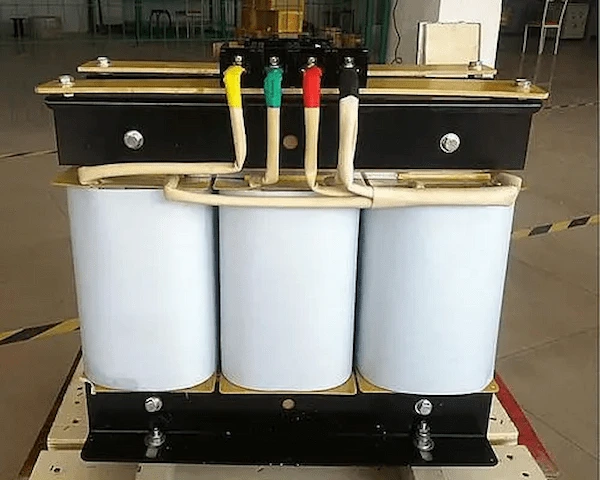
Control transformers are basically transformers isolation transformers that are specifically designed to provide voltage stability that is of high degree for a short period overload condition that is also known as inrush.
They are commonly used in electronic circuits that are in need of constant voltage or current with a low voltage-ampere rating. Anything higher would cause complications or malfunctions. There are different kinds of filtering devices that are associated with control transformers for the purpose of minimizing variations in the output.
In return, this will most likely result in a more constant or consistent flow of voltages or current.
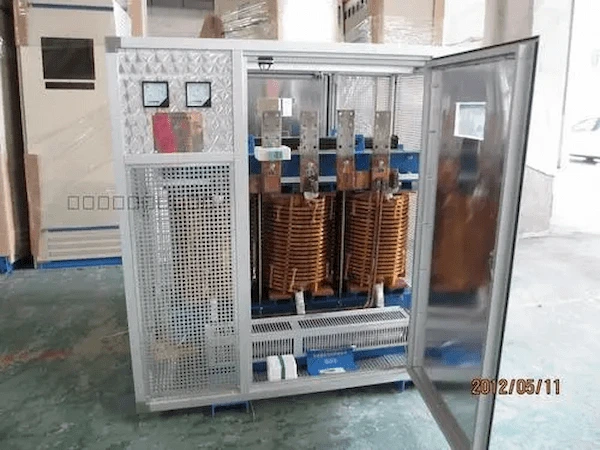
So if Control transformers are considered Isolation transformers, what makes them different?
For starters, isolation transformers specifically separate power line ground connections. This is to remove ground loops and equipment grounding. These transformers also suppress noise that is of high frequency that is riding on the power source.
When it comes to its applications, isolation transformers are commonly used to transfer electrical power from a certain source of A.C power to another device or equipment.

ABB Pad-mounted transformers are also manufactured in Beijing, China. DAELIM has been in the transformer industry for more than 20 years including international power projects and as well as other electrical utilization.
DAELIM has helped countless people and companies with their electrical needs. Customers from Panama, Ecuador, Honduras, Chile, Kazakhstan, New Zealand, and many more have come to DAELIM’s professional aid.
In terms of DAELIM’s services, ABB Pad-mounted Transformer Installation is offered, and the same goes with other electrical devices that DAELIM offers. This offer is applicable to international purchases as well with the assistance or help of the abroad service team.
Along with the answer to this question, you will also learn the Pad-mounted Transformer’s Specifications.
So basically, pad-mounted transformers are transformers that are earthed or ground-mounted. These are electrical power distribution transformers like the ABB Distribution Transformer that are locked in a steel cabinet while mounted on top of a concrete pad (material also varies).
Its primary power cables are normally connected with elbow connectors, and this is usually operated when the device is energized. With the use of a hot stick, this is possible. Moreover, it allows flexibility when it comes to its repair and maintenance.
For Pad-mounted Transformer Specifications, below are its details.

When it comes to its electrical and mechanical configurations, pad-mounted transformers normally are available in different variants. As mentioned, they are incapable of operating at extremely high-voltages that distribution transformers have no problem dealing with.
This type of transformer is operated in medium to voltage distribution systems. Specifically in the range of 35 kilovolt-amperes. This low-voltage winding is suitable for matching the requirements of the consumer, and this could either be used by a single-phase transformer or a three-phase one.
When it comes to pad-mounted transformers, they are normally filled with oil. In terms of their location of use, they are mounted outdoors only. Its core and coils are also enclosed in steel tanks that are filled with oil as well. These have terminals for better transformer access in adjacent lockable wiring cabinets.
The wiring cabinet consists of high and low-voltage wiring compartments as well. The voltage cables (both high and low) are located underground, and these enter the terminal compartments directly.
In terms of the top of the tank. Its cover is secured with carriage bolt-nut assemblies. The wiring cabinets are known to have sidewalls that are on two ends. Moreover, its doors are normally designed to open sideways, and the purpose of this is to expose high and low-voltage wiring components.
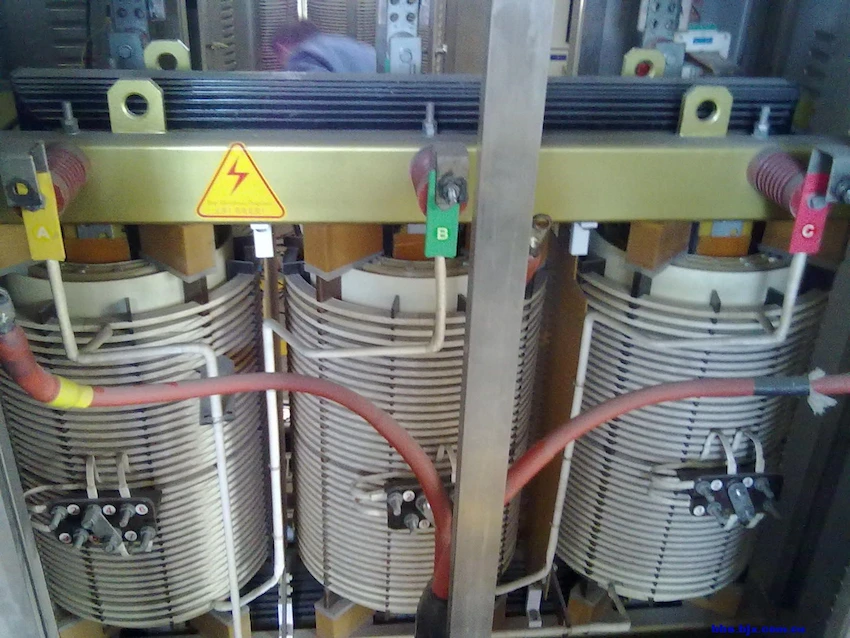
Low-voltage winding refers to the coil of wire wound that is around the core of a pad-mounted transformer. This has a smaller number of turns, unlike other transformers who have many. This means the lower the voltage it will be.
Transformers can be considered as high voltage winding, that is composers of a copper core. An aluminum core is also possible but copper ones are more common. This goes along with the low voltage winding and the core.
The high voltage winding is expected to be associated with high pressure. Furthermore, the insulation would be of high pressure as well.
Connection Mode of Working Winding of Three-phase Transformer
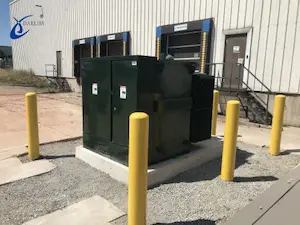
Pad-mounted transformers like the ABB Pad-mounted transformer, have fuses that are responsible for securing or protecting the transformer. Bayonet mount fuses are often used in Pad-mounted transformers, and they are placed in a high voltage compartment along with a high energy current limiting fuse as a backup.
The purpose of this is to protect the transformer against secondary faults and transformer overload, which are both problems that can easily cause a transformer to malfunction.
The Bayonet mount Fuse is a field-replaceable device which is great if the Bayonet mount fuse is degrading, you can easily replace them or ask for professional help to assist you with replacing it.
For the backup current-limiting fuse, this device is only known to function during a transformer failure. This means that it is not replaceable.
This type of transformer does have its own conventional fusing requirements, which is why noting their fuses is an important part of learning about its security and as well as other Pad-mounted Transformer Specifications.
As mentioned, a current limiting fuse is helpful for the security of a transformer. They can be considered as zero-forcing devices as well due to their ability to force cycles back to zero. This prevents the excess energy to pass through.
This also backs up current limit fuses that are specifically designed to clear high fault currents. One of the main reasons why high fault currents occur is due to internal equipment malfunction or failure.
Moreover, current-limiting fuses are responsible for opening and clearing a fault that is in less than 180 degrees. In more complex terms; the first half of the electrical cycle, which is about a fraction of a second.
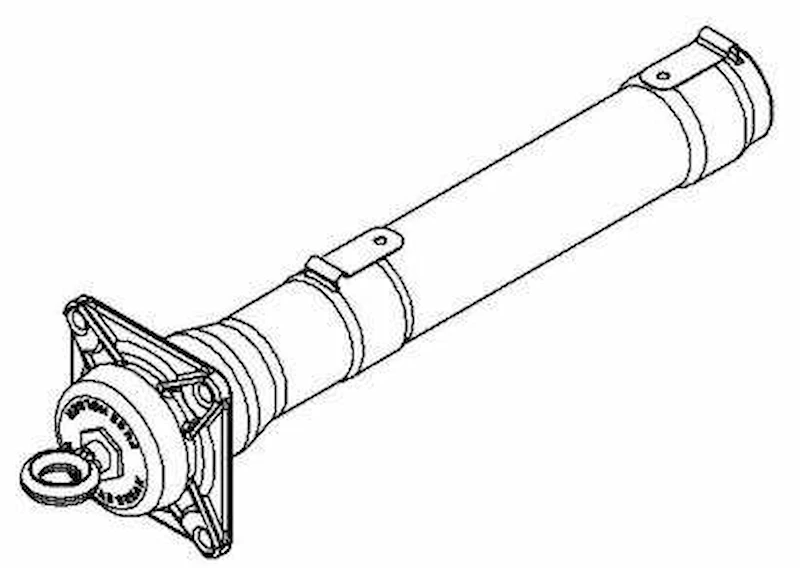
In terms of the bayonet fuse, this is used to protect the distribution apparatuses in an electrical device. This protects electrical devices from currents that can be damaging to their system. This prevents unnoticed failed apparatuses as well, which is dangerous to the operation if not given immediate action.
The bayonet fuses are comparable in cost to other fuses like the internal cartridge fuse, but this type of fuse and other fuses like the current-limiting fuse is not field-replaceable, which is a huge disadvantage.
Secondary faults have several names including “secondary-side bus faults”, “through faults”, and several more. But with regards to what it is, this type of fault is one of the most common types of faults transformers encounter if their protective devices aren’t functioning or are not replaced.
These faults are limited by the protective apparatuses of a transformer, which means that they are of modest magnitude compared to other faults.
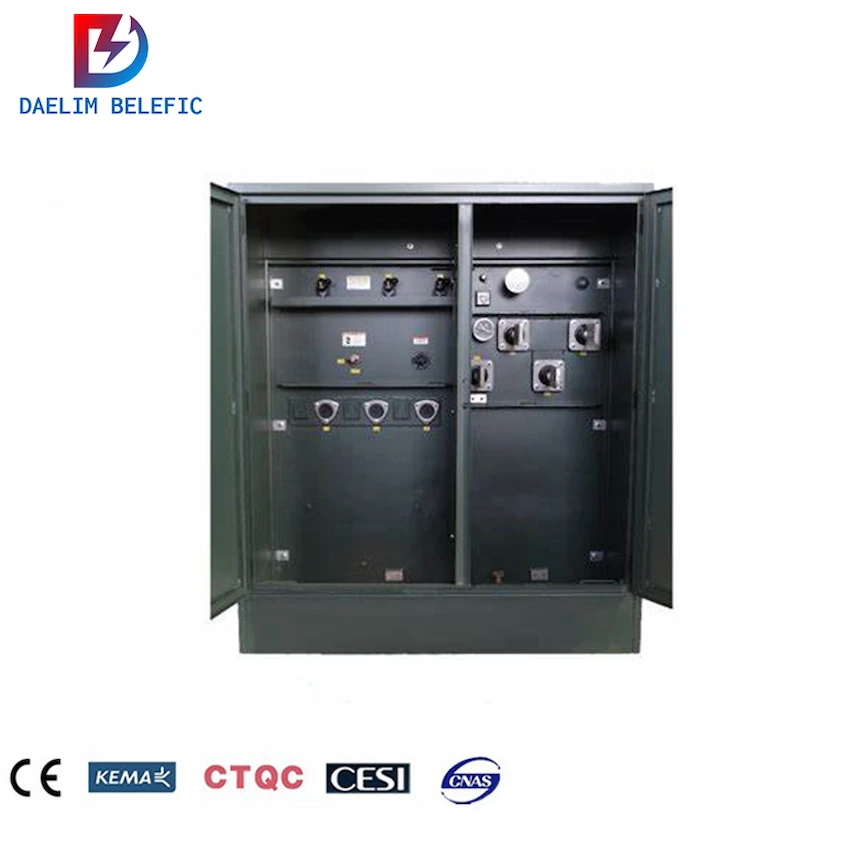
In a transformer’s distribution network load data, transformers with a load ratio that is over 100% are classified as overloaded transformers. Anywhere between 80% to 100% is considered a heavy load, anything less is considered a normal load.
Some transformers are designed to operate smoothly at high overloads, but there are yet to be transformers that are to be manufactured that can withstand overloads that can operate for hours to days.
ABB Pad-mounted transformers are excellent electrical devices that are convenient to use, and effective in what it is made to do. There is without a doubt that it is sustainable, which makes its longevity operate to even decades if proper maintenance and monitoring are practiced.
For ABB Pad-mounted Transformer Installations, do not hesitate to contact DAELIM’s team of professionals. Any experiences or thoughts of ABB Distribution Transformers will be highly appreciated as well. Should you have any questions or clarifications, go ahead and raise them as well.
When you need to find more than just existing transformers, Daelim’s Transformer Service Center can help you design and produce distribution transformers that meet your unique needs.
We have our own factory and a professional team of engineers, which can design and modify application requirements that meet all your conditions.
Download Resource
After filling in the contact information, you can download the PDF.